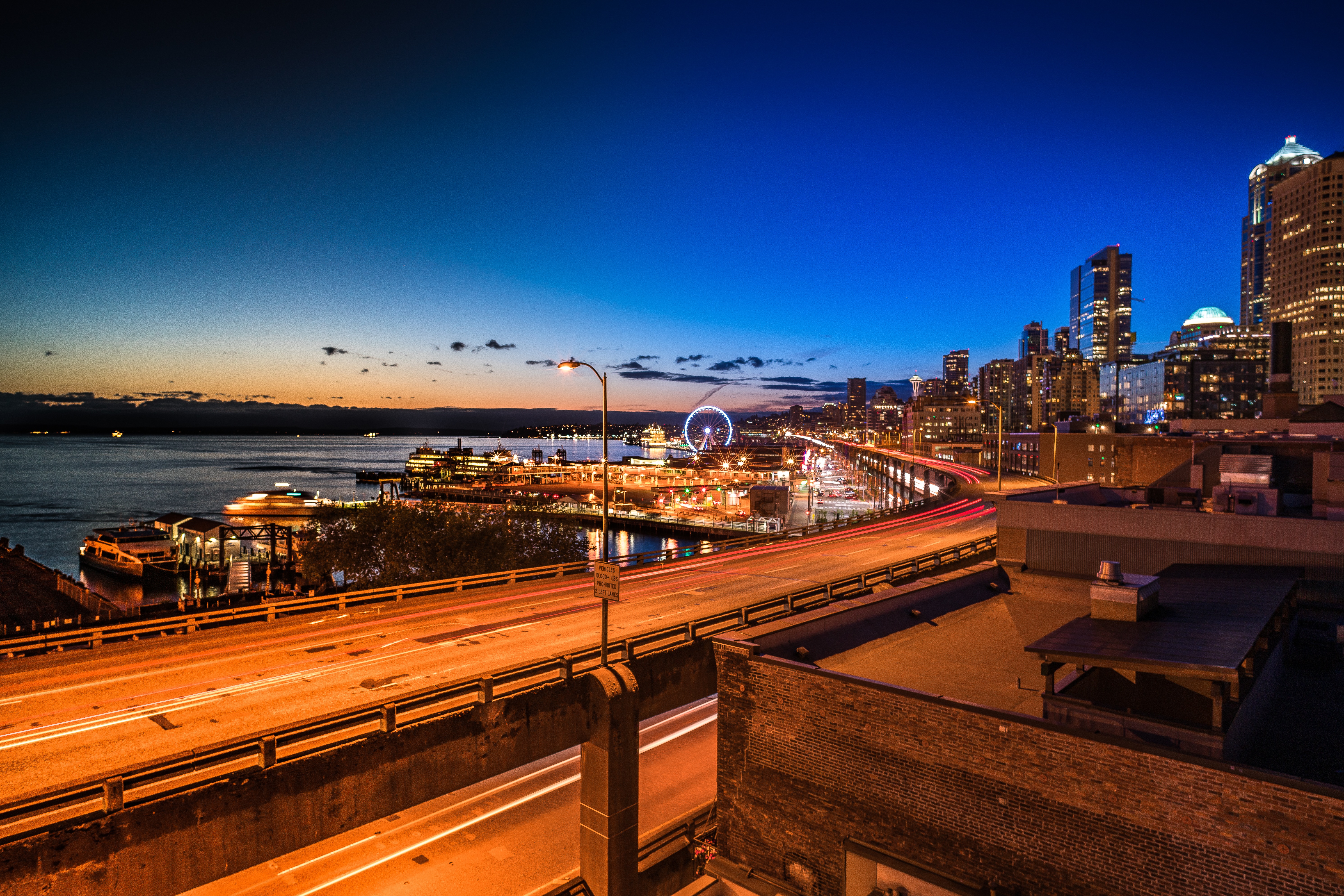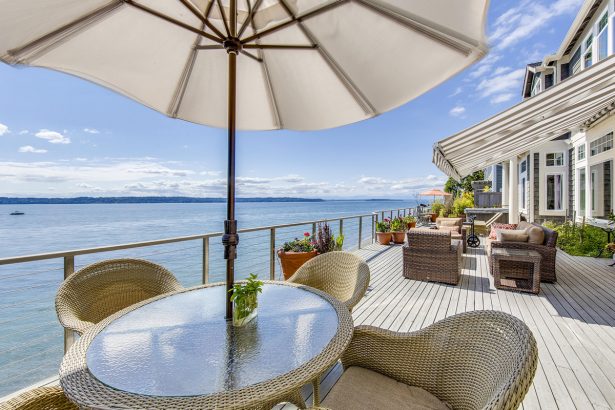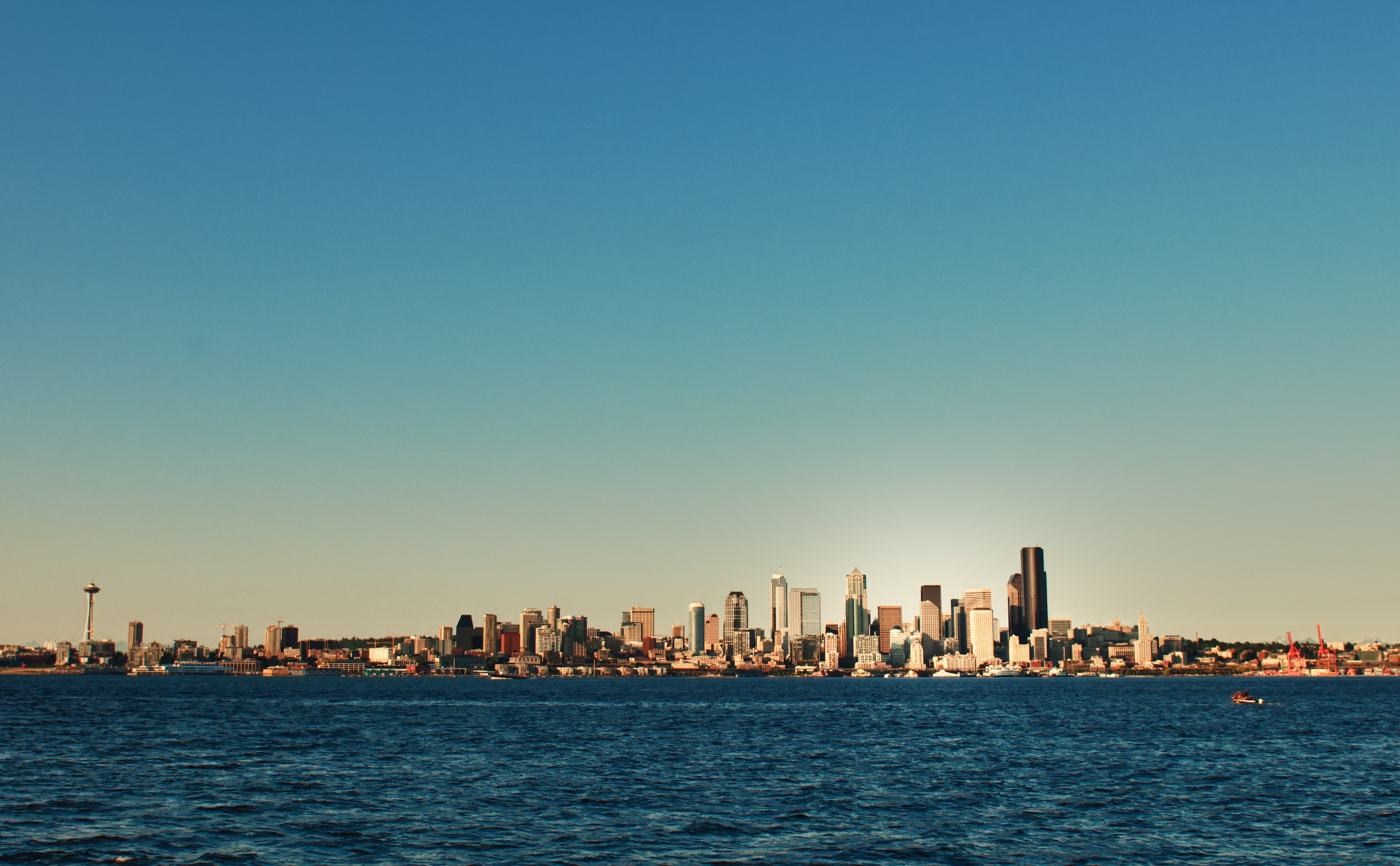
Seattleites have been known to complain about our local transit options, or lack thereof, on a daily basis. With Seattle residents sitting in traffic for 55 hours per year, Sound Transit is a frequent topic of conversation in Seattle, especially in the neighborhoods most affected by ST3.
Sound Transit 3 (ST3) was a measure passed by voters in November 2016. This plan will almost double the size of the current light rail system, extend the Sounder rail line, as well as improve the rapid bus transit of the region.
The West Seattle and Ballard Link Extensions are part of the regional ST3 package and these neighborhoods are in the planning phase known as “early scoping”. Earlier this week West Seattle was the first neighborhood to host a Sound Transit Open House. Held at the Alki Masonic Center in the Junction, it was well-attended by passionate West Seattle representatives and stakeholders, including Deb Barker, the Stakeholder Advisory Group for the project, and City Councilmember Lisa Herbold, who is on the Elected Leadership Group. Roughly 200 people gathered to hear a presentation and pour over route maps and rough renderings. Attendees debated both with Sound Transit officials, as well as one another, about ways to improve upon the existing plan. Sound Transit officials collected notes, comment cards, and exit surveys.
Here are few interesting takeaways from the West Seattle Open House:
1) West Seattle residents have made it clear to Sound Transit officials that they needed to speed up the building process. Citizens of King County overwhelmingly voted to approve ST3 (at great expense) and the feedback that Sound Transit received was that they needed to be functional much more quickly than previously planned, as many as 3-5 years more quickly. Though ST3 will be inherently faster than ST1 and ST2 (because the technology systems and construction processes have been refined) there is pressure to be faster still.
2) In order to respond to the mounting pressure, Sound Transit has modified the planning phase for ST3. Instead of putting enormous energy into route design prior to going public (and then defending it), the approach has been modified to make public a very loose representative project and then make it available for public comment. It’s clear that they’ve come to see the value of the hive mind and, moreover, that long-term inhabitants have a keen understanding and perspective to share. Exactly how much the public actually influences the route and design remains to be seen, but the new process will no-doubt increase stakeholder support.
3) This early scoping period, the only real period for public input, is very, very short. The primary messages of the Open House event were “We need your input. We depend upon your input. Now is the time to speak up!” The period for public input will end in early March. Input can be given by mail (West Seattle and Ballard Link Extensions c/o Lauren Swift, Sound Transit, 401 S Jackson St, Seattle, WA 98104), email: wsblink@soundtransit.org, online, or in person at these neighborhood events. The Downtown Seattle Open House will be on 2/20, from 5:30-7:30, at Union Station.





